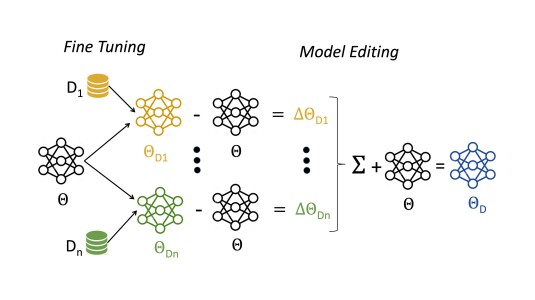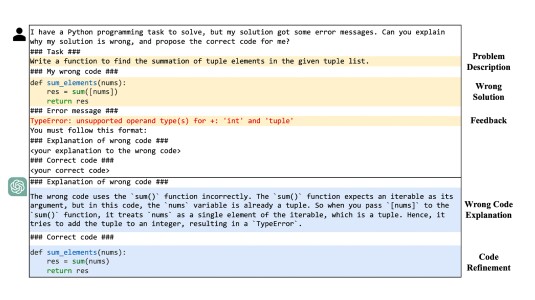Prime Video is a first-stop entertainment destination offering customers a vast collection of premium programming in one app available across thousands of devices. Prime members can customize their viewing experience and find their favorite movies, series, documentaries, and live sports – including Amazon MGM Studios-produced series and movies; licensed fan favorites; and programming from Prime Video add-on subscriptions such as Apple TV+, Max, Crunchyroll and MGM+. All customers, regardless of whether they have a Prime membership or not, can rent or buy titles via the Prime Video Store, and can enjoy even more content for free with ads. Are you interested in shaping the future of entertainment? Prime Video's technology teams are creating best-in-class digital video experience. As a Prime Video technologist, you’ll have end-to-end ownership of the product, user experience, design, and technology required to deliver state-of-the-art experiences for our customers. You’ll get to work on projects that are fast-paced, challenging, and varied. You’ll also be able to experiment with new possibilities, take risks, and collaborate with remarkable people. We’ll look for you to bring your diverse perspectives, ideas, and skill-sets to make Prime Video even better for our customers. With global opportunities for talented technologists, you can decide where a career Prime Video Tech takes you! In Prime Video READI, our mission is to automate infrastructure scaling and operational readiness. We are growing a team specialized in time series modeling, forecasting, and release safety. This team will invent and develop algorithms for forecasting multi-dimensional related time series. The team will develop forecasts on key business dimensions with optimization recommendations related to performance and efficiency opportunities across our global software environment. As a founding member of the core team, you will apply your deep coding, modeling and statistical knowledge to concrete problems that have broad cross-organizational, global, and technology impact. Your work will focus on retrieving, cleansing and preparing large scale datasets, training and evaluating models and deploying them to production where we continuously monitor and evaluate. You will work on large engineering efforts that solve significantly complex problems facing global customers. You will be trusted to operate with complete independence and are often assigned to focus on areas where the business and/or architectural strategy has not yet been defined. You must be equally comfortable digging in to business requirements as you are drilling into design with development teams and developing production ready learning models. You consistently bring strong, data-driven business and technical judgment to decisions. You will work with internal and external stakeholders, cross-functional partners, and end-users around the world at all levels. Our team makes a big impact because nothing is more important to us than delivering for our customers, continually earning their trust, and thinking long term. You are empowered to bring new technologies to your solutions. If you crave a sense of ownership, this is the place to be.







